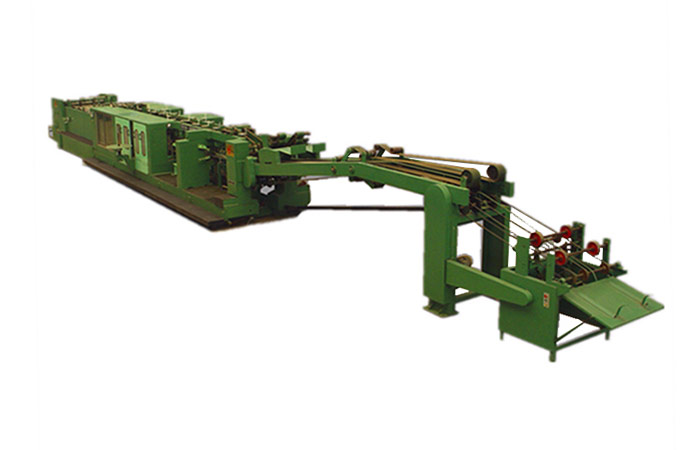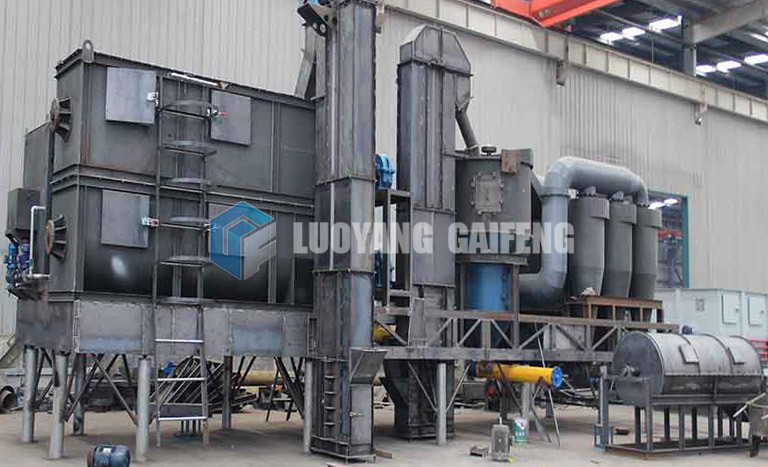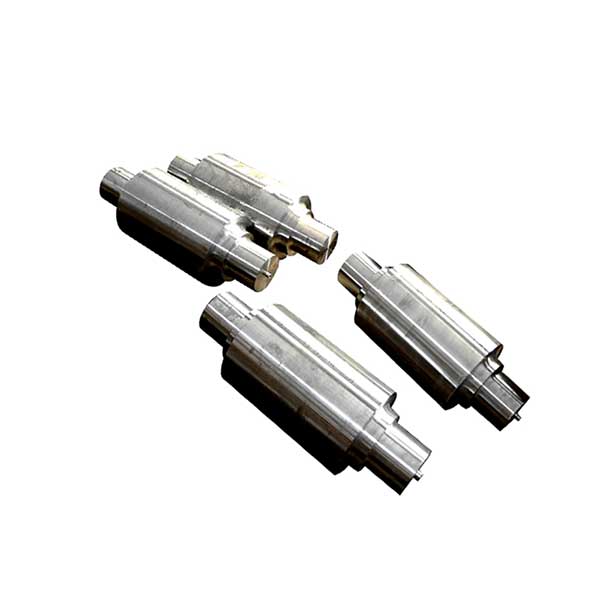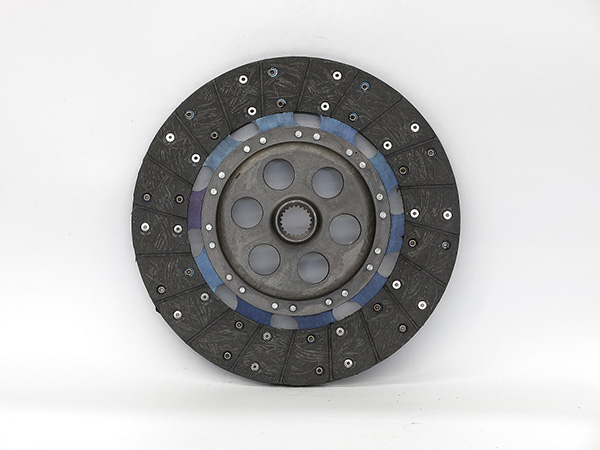The price of vertical grow racks can vary depending on several factors, such as the size of the system, the materials used in its construction, and the supplier or manufacturer. In general, a basic vertical grow rack system for small-scale operations can cost anywhere from a few hundred to several thousand dollars.
For larger-scale operations, the price of a vertical grow rack system can range from several thousand to tens of thousands of dollars, depending on the size and complexity of the system. High-end vertical grow rack systems used in industrial applications can cost even more.

It is important to note that the price of a vertical grow rack system is not the only factor to consider when purchasing one. Other factors to consider include the quality of construction, the durability of the equipment, the efficiency of the system, the ease of installation and maintenance, and any additional features or accessories that may be required for specific applications. It is recommended to compare prices and features of different models from different manufacturers or suppliers before making a purchasing decision.
The price of vertical grow racks can vary based on several factors, including:
Size and capacity
The size and capacity of the vertical grow rack will significantly impact its price. A larger rack that can hold more plants will be more expensive than a smaller one.
Material and construction
The type of material used in the construction of the rack, such as aluminum or steel, and the quality of the construction can also affect the price. Higher-quality materials and construction will typically result in a higher price.
…
For more detailed information on the factors affecting the price of vertical grow racks, please click to visit:https://www.etegreen.com/blog/factors-affecting-the-price-of-vertical-grow-racks/









